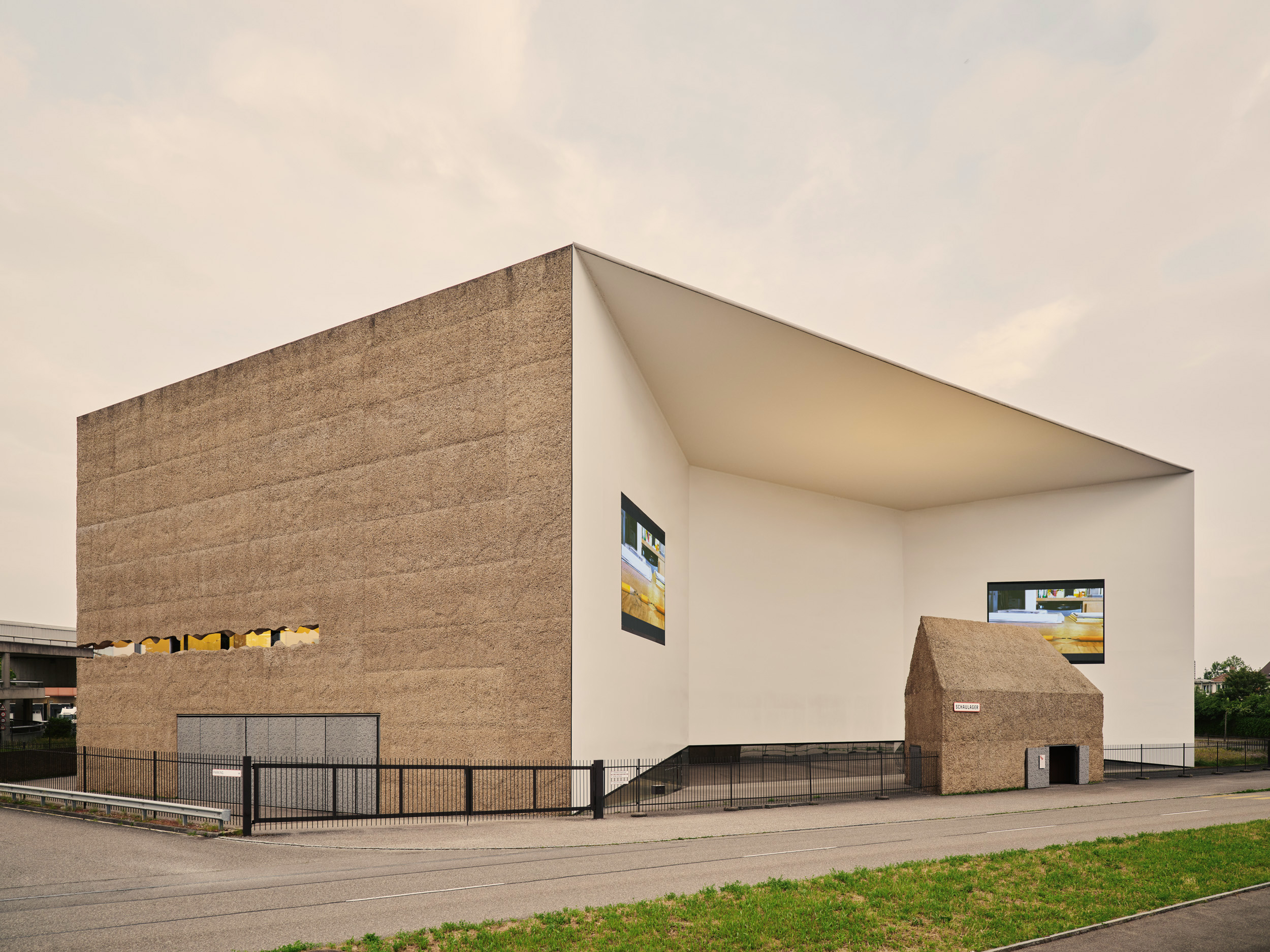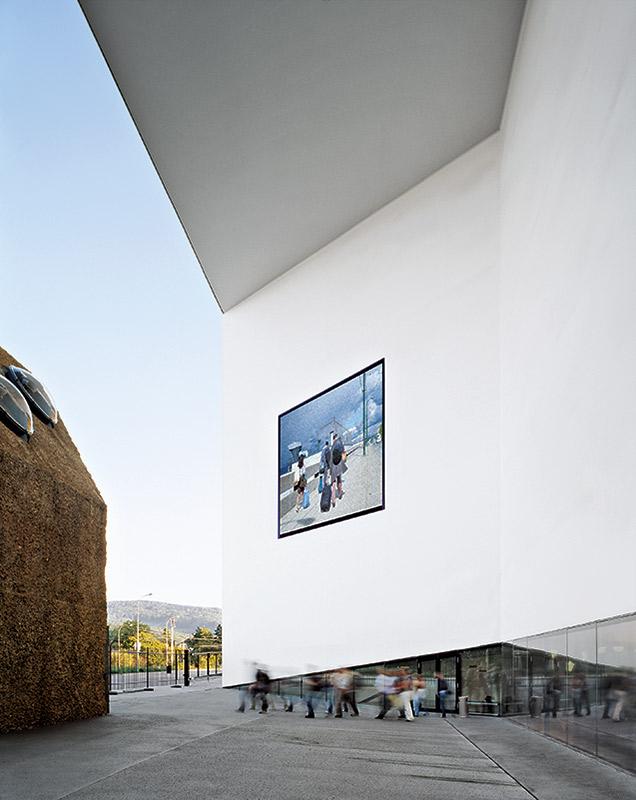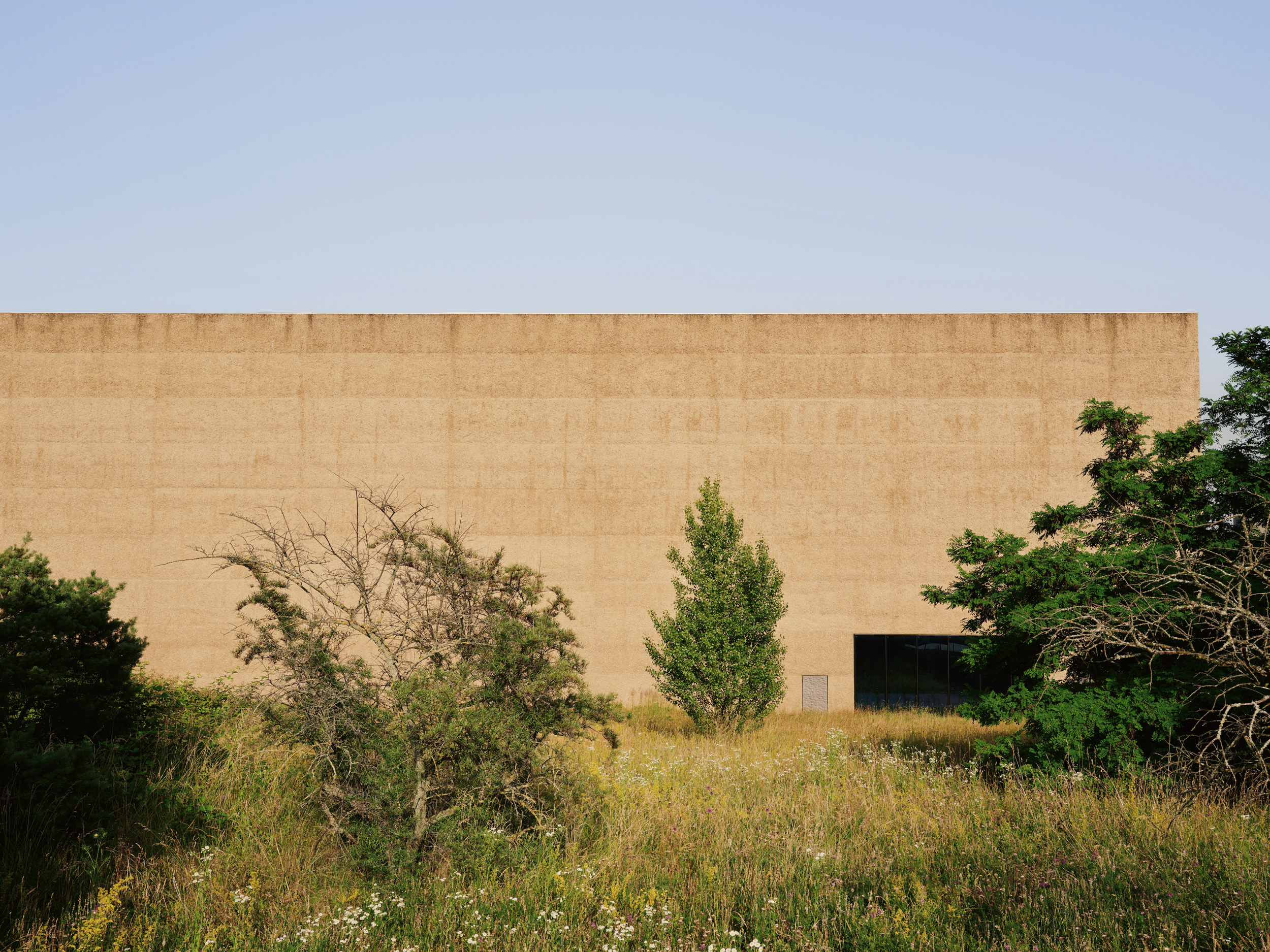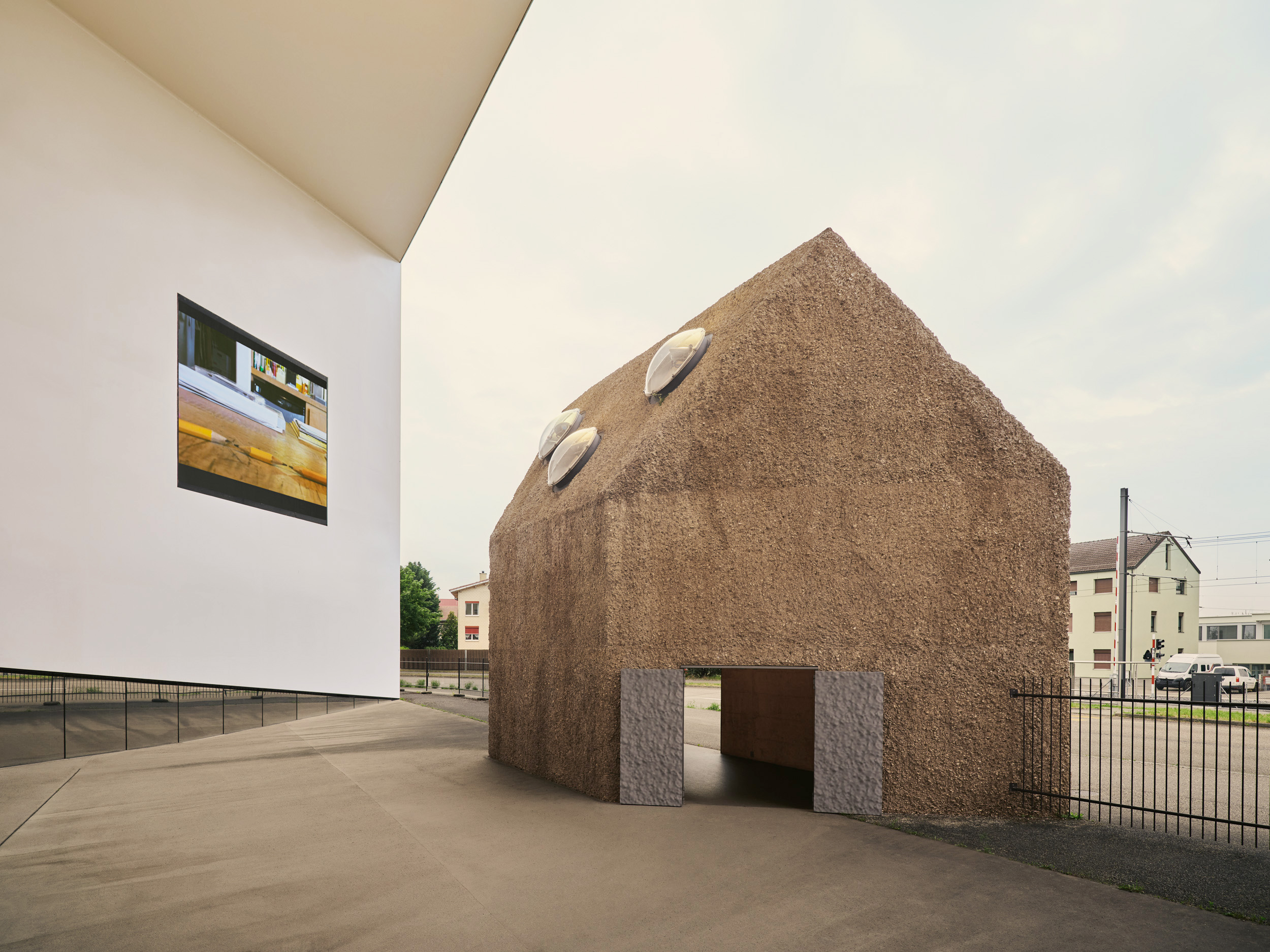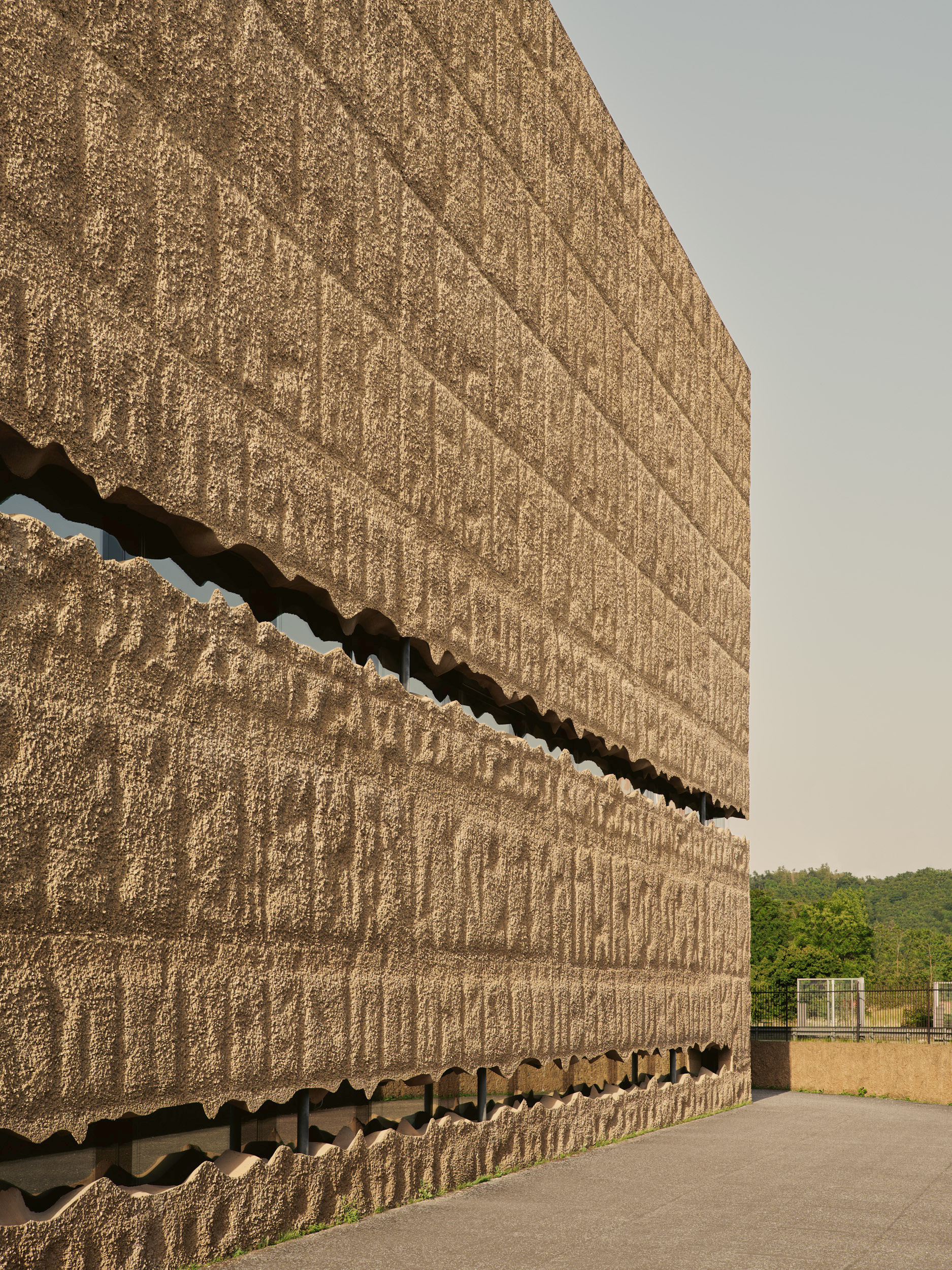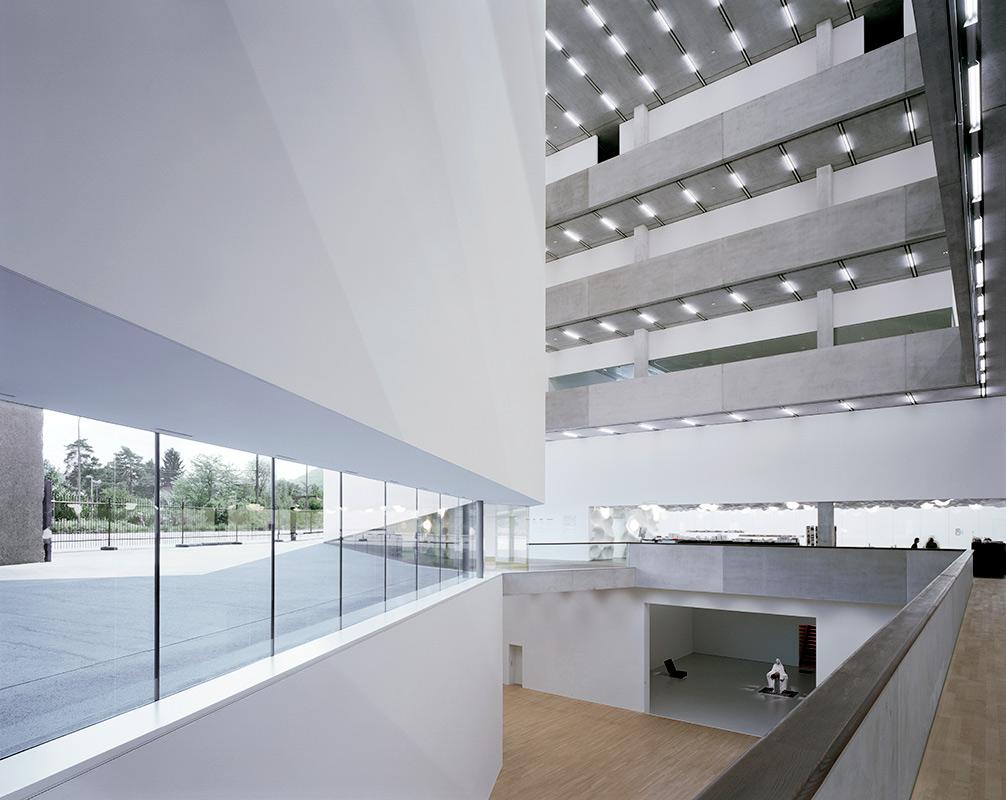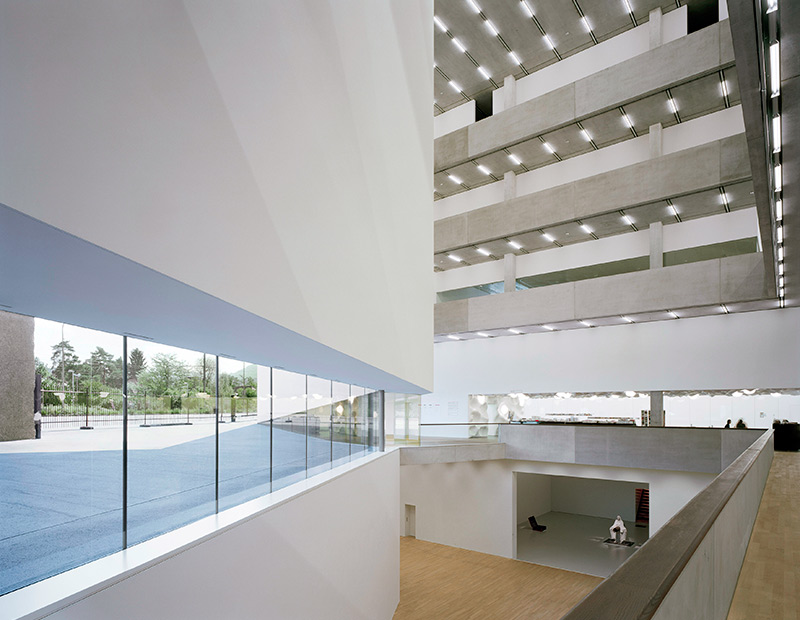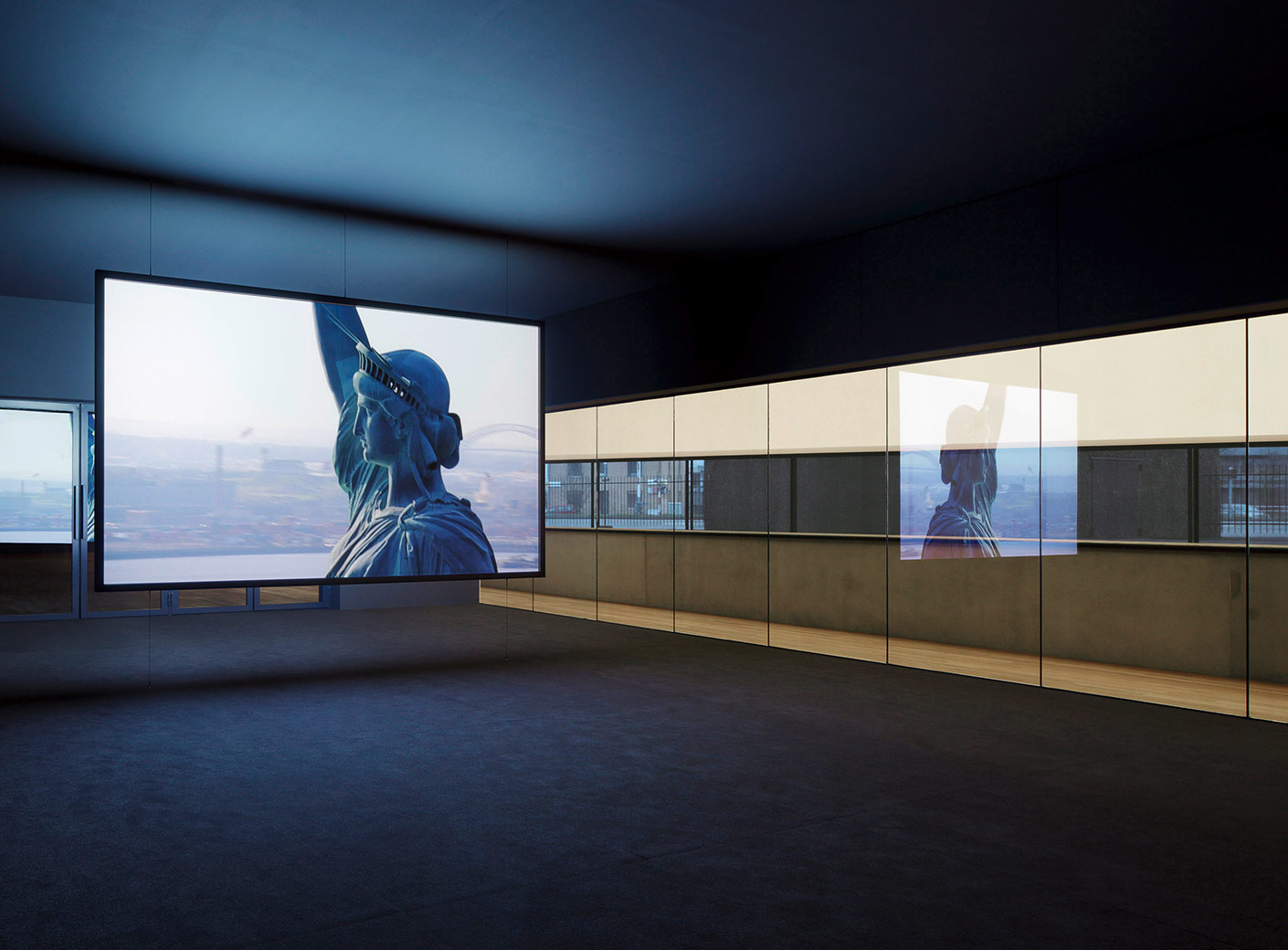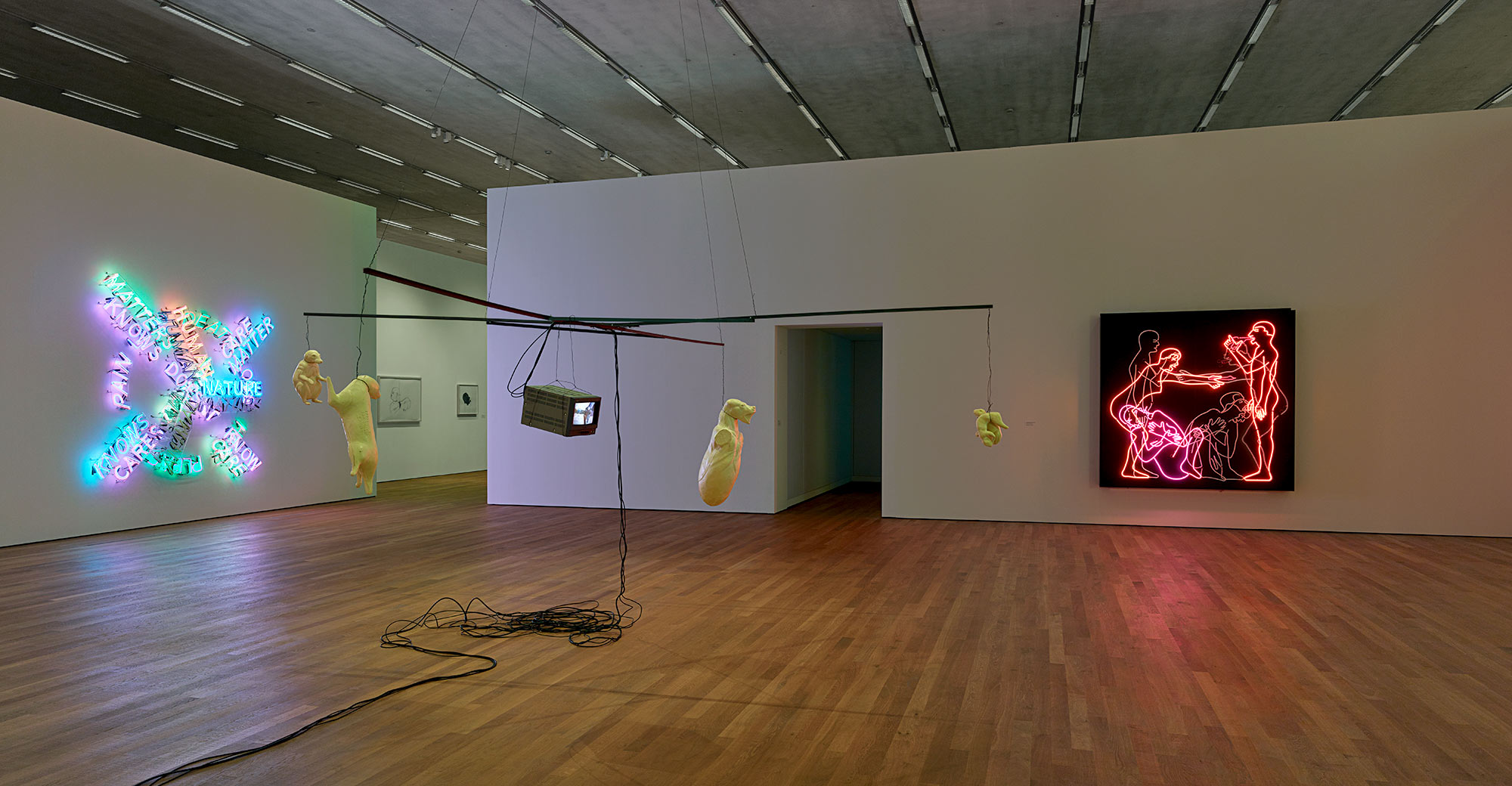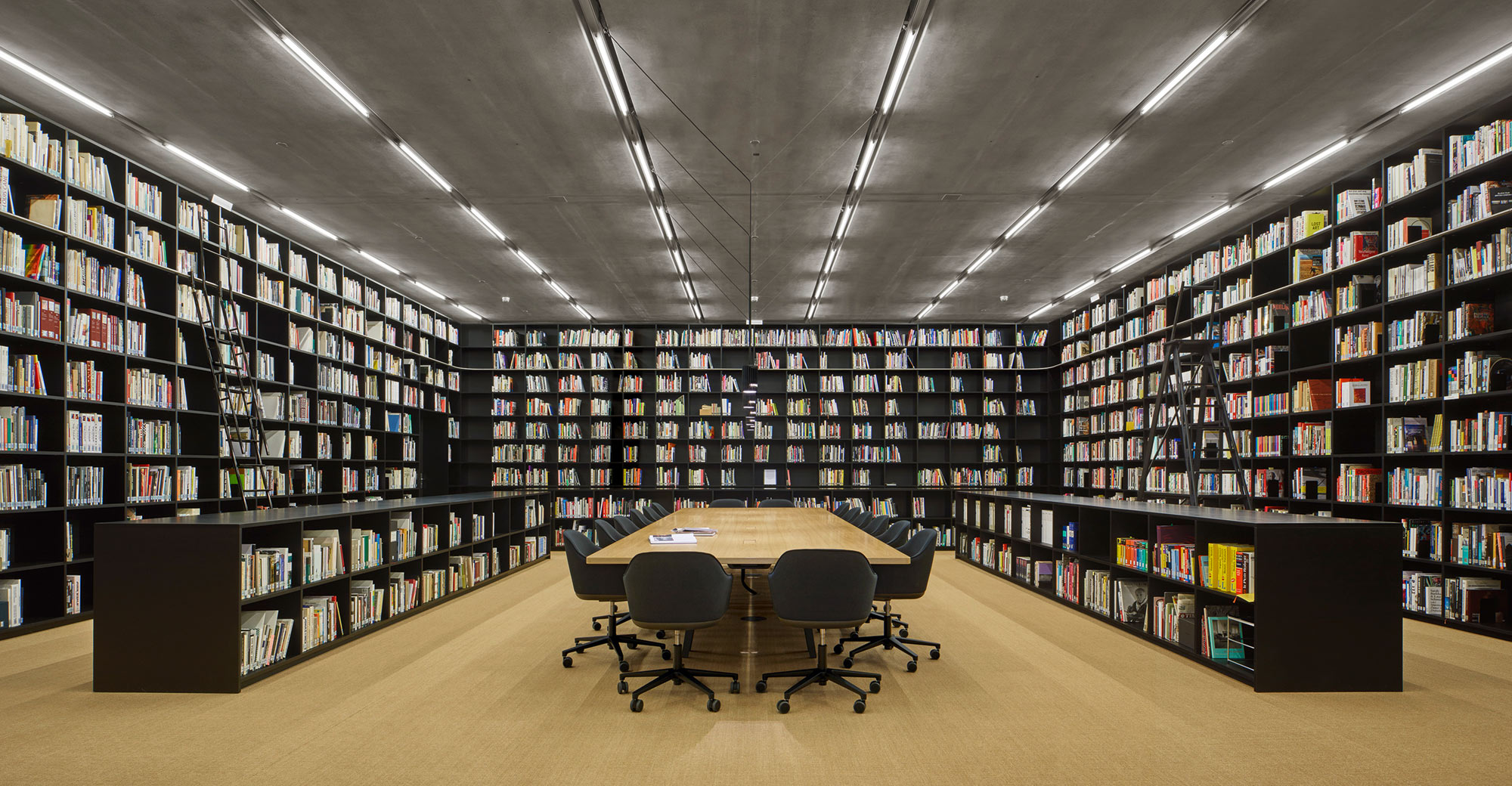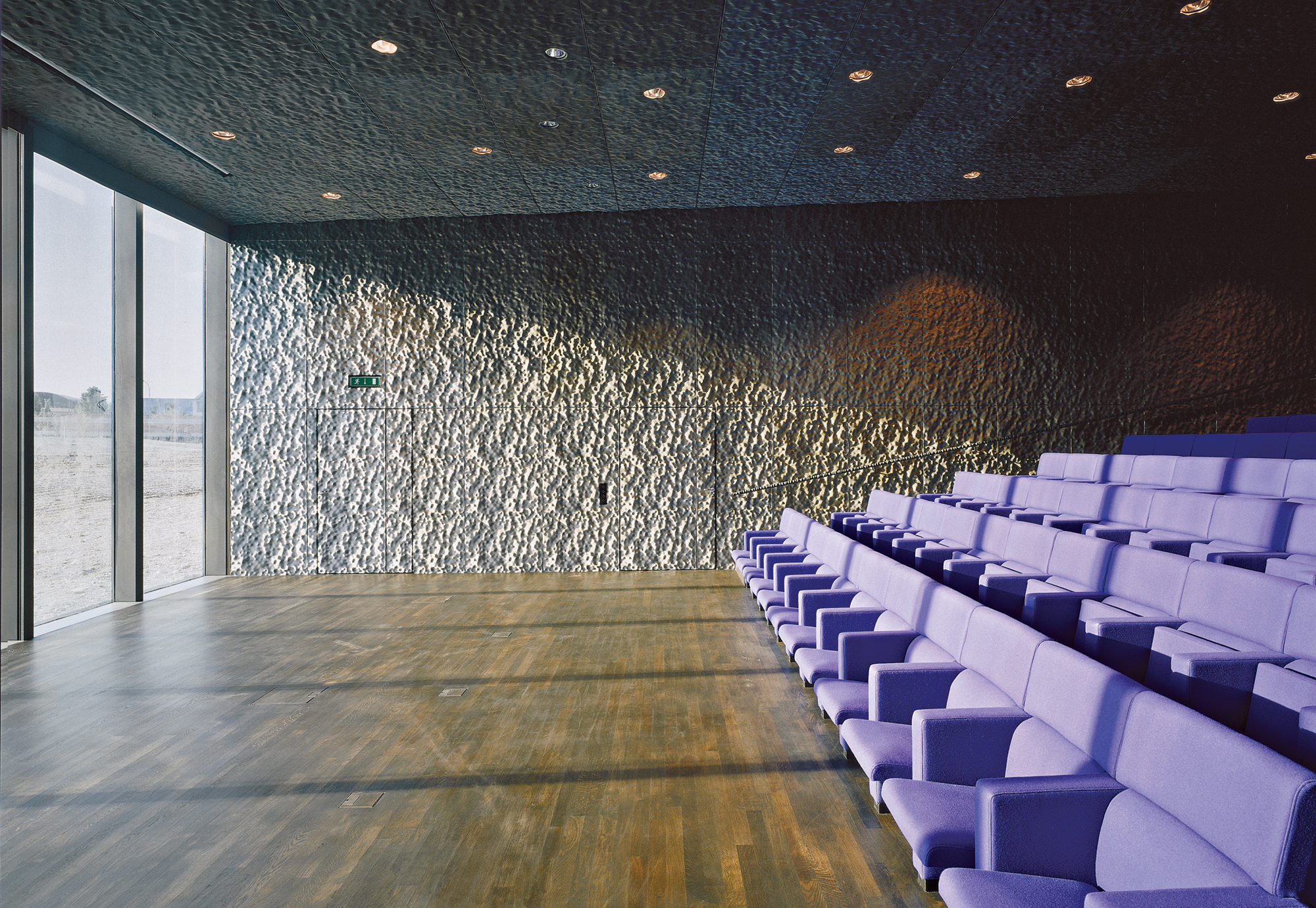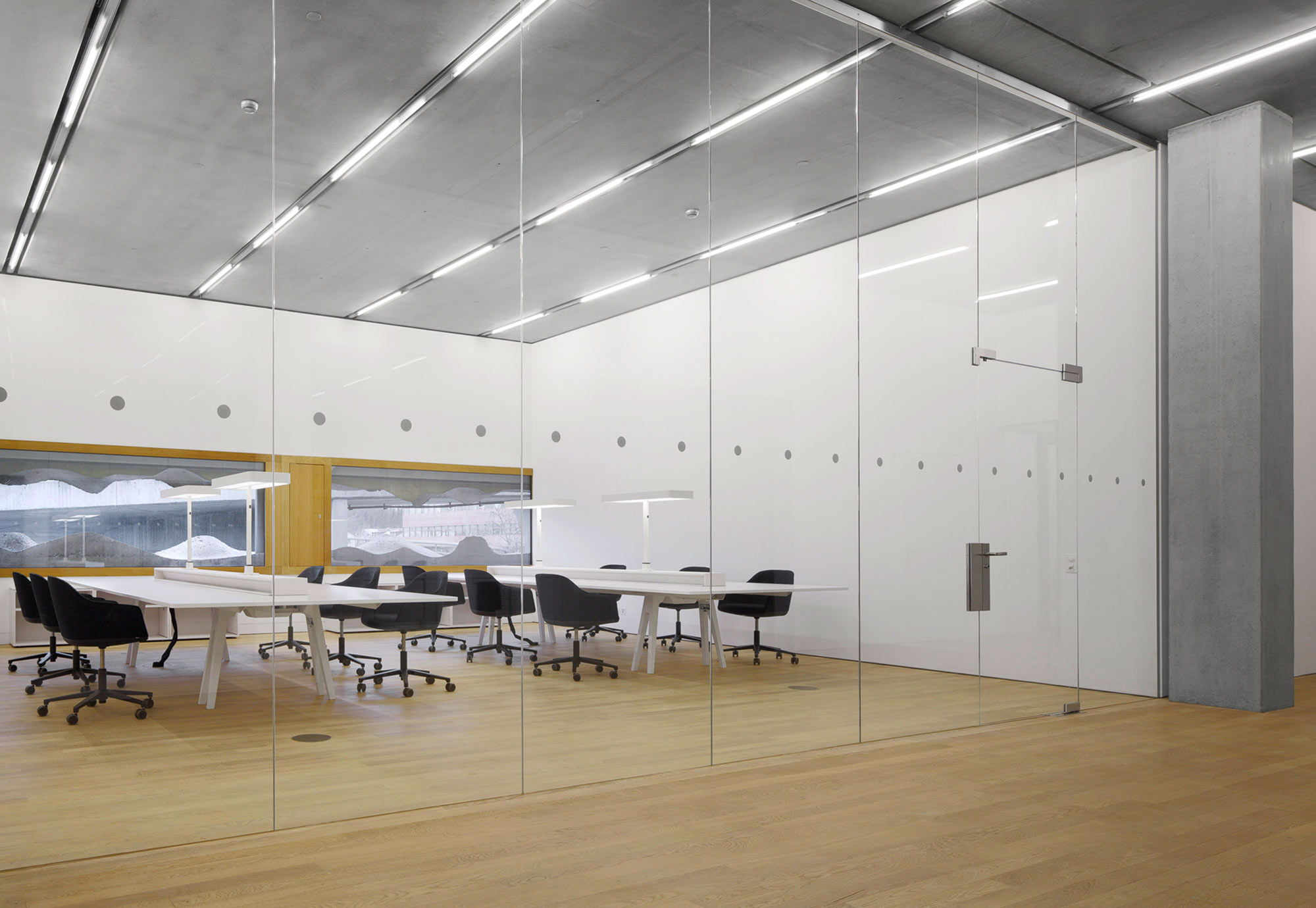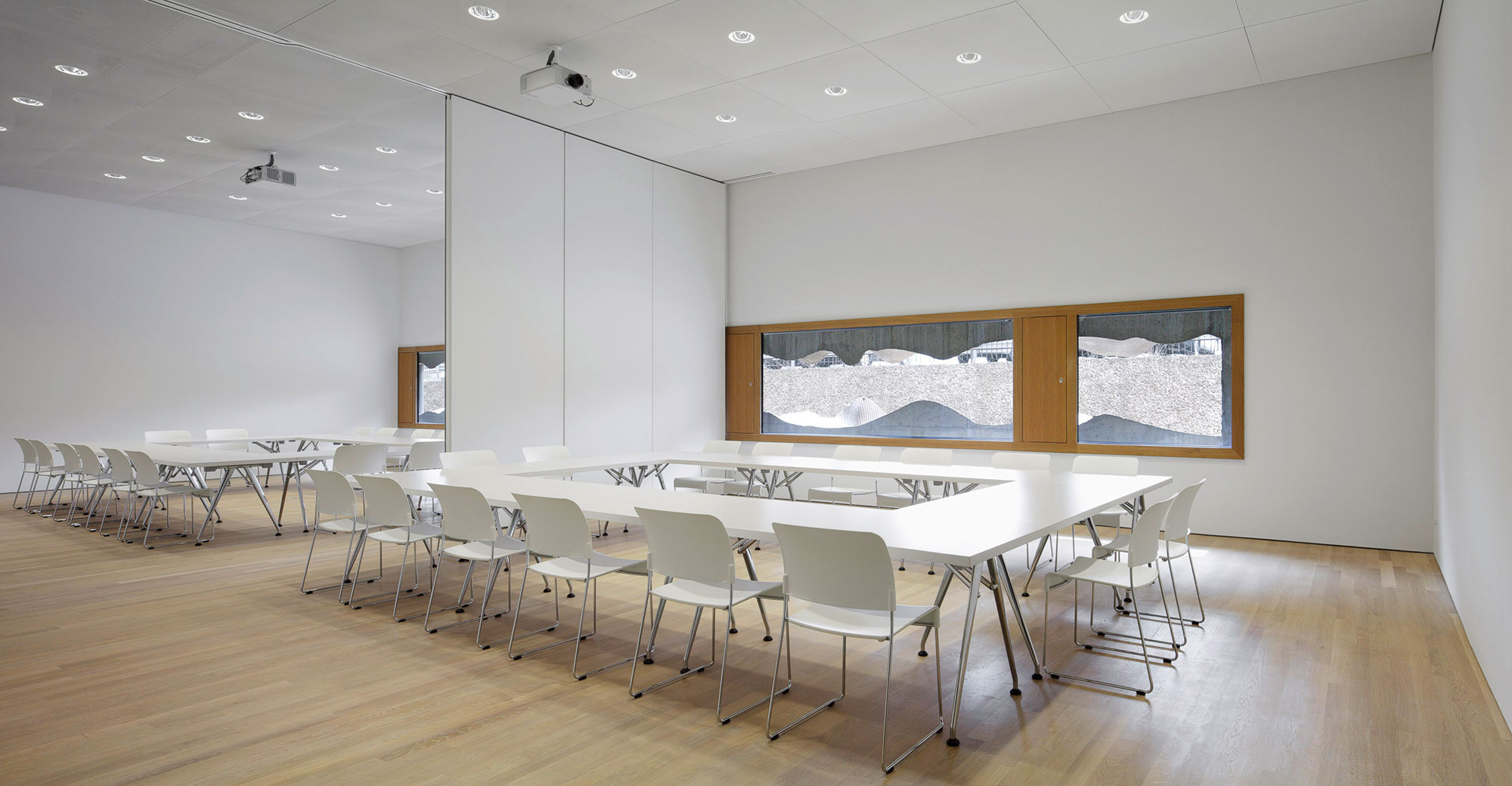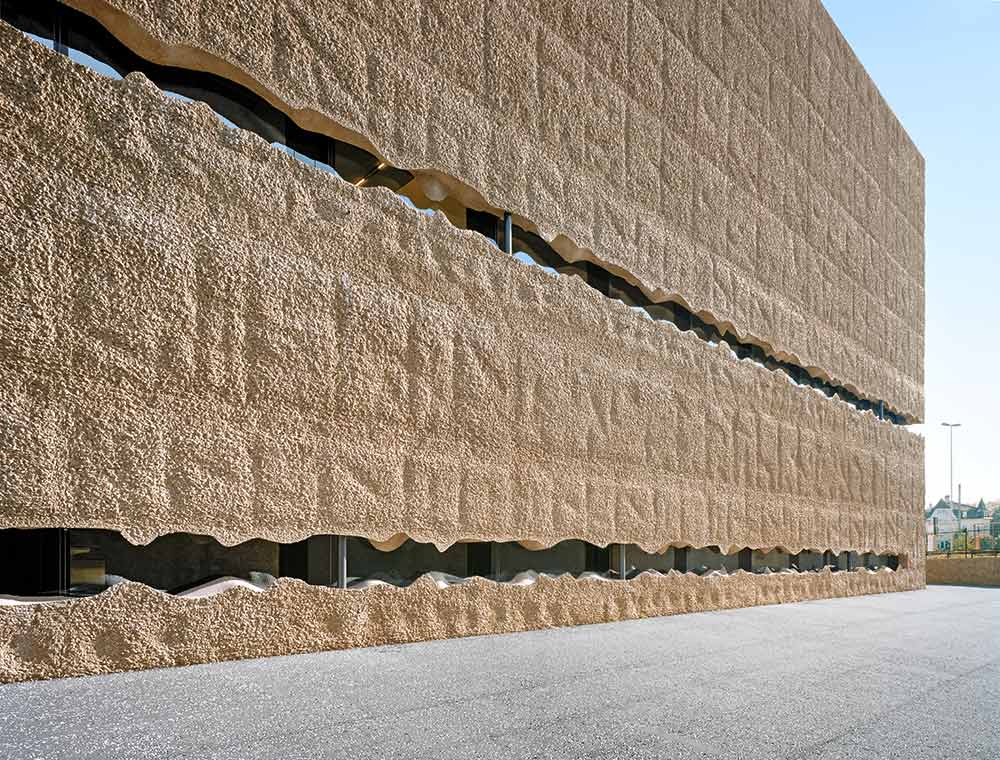The art collection of the Emanuel Hoffmann Foundation has been housed and administered at Schaulager since 2003. In accordance with the Schaulager concept, the rooms are designed as spaces for both storage and display. Since the layout is modular, the rooms can be adapted to meet varying space requirements. Thus Schaulager does away with the traditional storage vault, replacing it with an idea of the store room as an autonomous facility: suitable for presenting art, yet distinct from an exhibition space in a museum or gallery. Here, artworks are stored under optimal conditions with regard to temperature and humidity, while remaining permanently accessible for study purposes. And, unlike in conventional storage situations, the physical condition of the works can be monitored and inspected at any time.
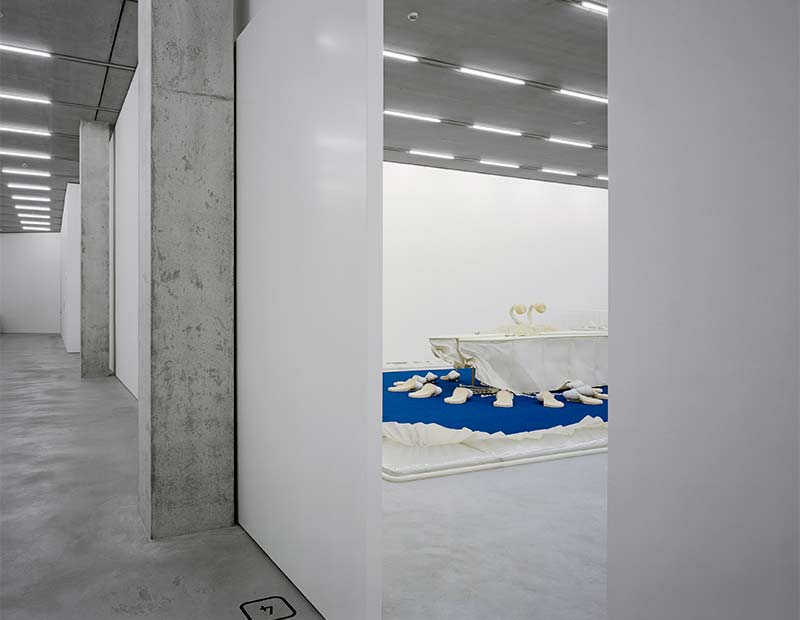
View of a storage space
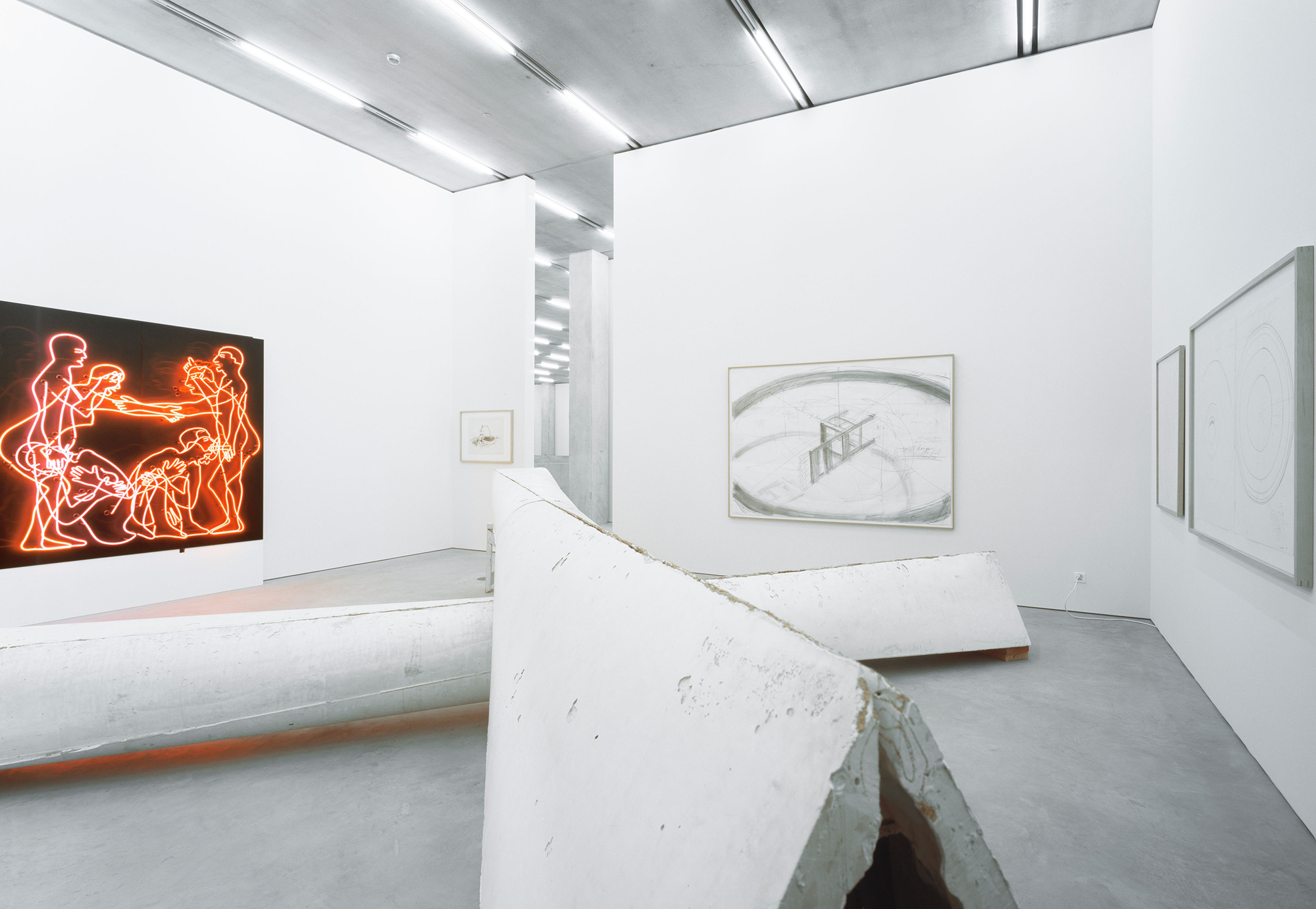
View of a storage space
The combination of storage with display also gives rise to a new form of presentation. The works are visible, but installed closer together than in a typical exhibition setting. Each work is stored in such a way as to be accessible without difficulty. The manner of presentation respects the conditions of the work and is decided, where possible, in consultation with the artists concerned.

